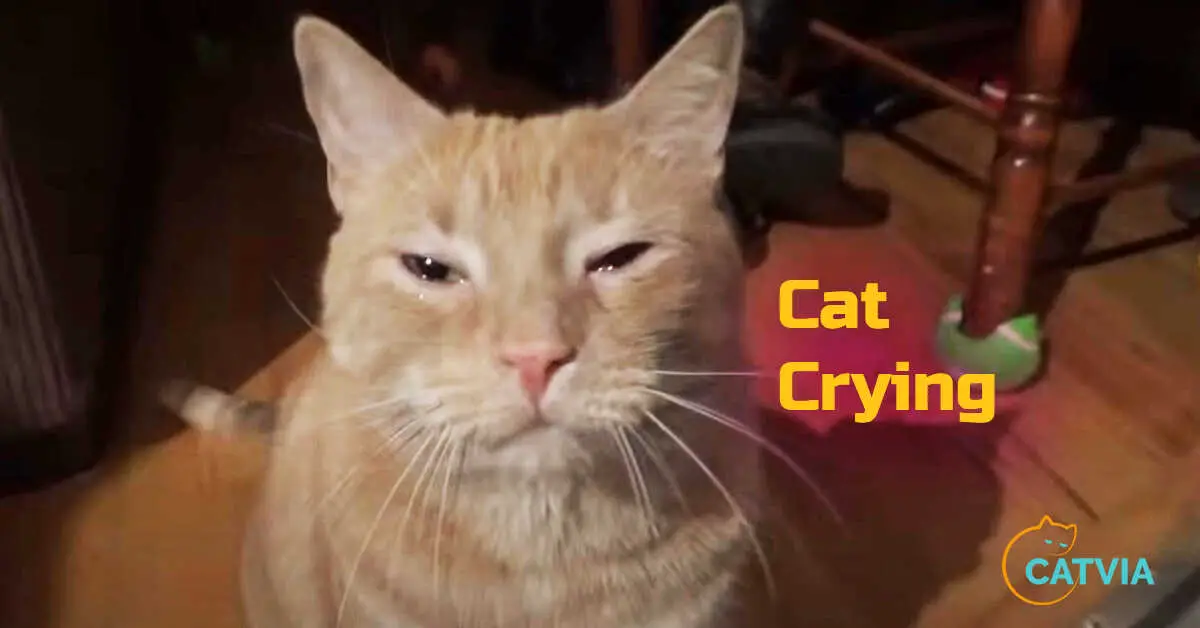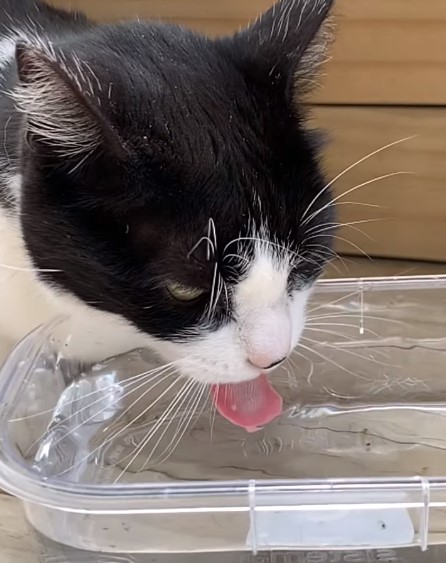If you’ve ever owned a cat, you probably know that they can be quite mischievous at times. One common misbehavior is when cats drag their butts on the floor.
This behavior can be off-putting and embarrassing, especially if you have guests over! It’s important to understand why cats do this and how to stop it.
In this article, I will discuss the causes and solutions to this common cat behavior.
Why Do Cats Drag Their Bottom on the Floor?
There are a few reasons why your cat might be dragging their bottom on the floor.
- The most common reason is that they have anal gland issues. Anal glands are two small sacs located just inside the anus, and they secrete a foul-smelling liquid when your cat goes to the bathroom. If these glands become full or infected, your cat will often drag their bottom on the floor in an attempt to relieve the pressure or pain.
- She may also be marking her territory by depositing scent glands from her anus onto the floor.
- Or, she could simply be enjoying the feeling of a good stretch.
- Another possibility is that she has a condition called feline scooting, which is when cats drag their butts on the ground to remove fecal matter from their anal sacs.
- Other possible causes of bottom-dragging include allergies, parasites, and even constipation.
If your cat is dragging their bottom more frequently than usual, it’s always best to check with your veterinarian to rule out any underlying health issues.
How Do You Fix a Cat’s Scooting?
There are many potential causes for a cat scooting, or dragging their butt along the ground.
One potential cause of scooting is an impacted anal gland. This happens when the glands become full and unable to empty properly on their own. Your vet can express the glands, which will provide relief and help to prevent future impaction.
Another potential cause of scooting is allergies. Cats can be allergic to anything from pollen and grasses to food ingredients and environmental toxins. If you think your cat’s scooting might be due to allergies, talk to your vet about allergy testing and possible treatment options such as allergy shots or antihistamines.
If your cat is overweight, this could also be contributing to their discomfort and resulting in them scooting. Helping your cat lose weight through diet and exercise can often resolve the problem.
Finally, some cats simply have sensitive skin that gets irritated easily. This can happen for a number of reasons including allergies, parasites, or even just genetics. If your vet has ruled out other causes of irritation, they may recommend using a special shampoo or topical ointment designed for sensitive skin cases like this one.
Why Does My Cat Drag His Bum on the Carpet?
If your cat is dragging his bum on the carpet, it’s likely because he’s trying to relieve an itch or irritation in his anal area. Cats have extra-sensitive skin in this region, and even a small amount of irritation can be very uncomfortable.
In addition, the anal glands (located just under the skin around the anus) can become full and need to be expressed.
This is often done by professional groomers, but some cats will try to do it themselves by scooting along the ground. If you notice your cat dragging his bum on the carpet, take him to the vet to rule out any medical issues and get some relief for your kitty!
Home Remedies for Cat Scooting
If your cat is scooting or dragging their bottom along the ground, it could be a sign of an anal gland issue. Anal glands are located on either side of your cat’s anus and produce a foul smelling fluid. If these glands become full or infected, they can cause your cat a lot of discomforts.
There are a few things you can do at home to help relieve your cat’s discomfort and clear up their anal glands. The first thing you’ll want to do is give them a good bath. Use a mild shampoo and make sure to get in all the creases around their bottom.
This will help remove any build-up around the glands that could be causing irritation. After the bath, you can try expressing the glands yourself. This is best done with gloves on, as the fluid can be quite smelly!
Gently hold each gland between your thumb and forefinger and apply pressure until you see or feel the fluid expressed.
Wipe away any excess with a paper towel and give your kitty a good pat down to dry them off. If your cat continues to scoot or seems uncomfortable, it’s best to take them to the vet for an evaluation.
They may need antibiotics if there’s an infection present, or they may need their anal glands removed entirely if they’re constantly having issues.
His professional interests include humane education, ethics, small animal behavior, and veterinary. As a pet lover from school life, having grown up with two cats and a dog. If he isn’t spending time with his friends and family, Justin enjoys traveling. Learn more about Justin here.
Find him on: Facebook
Read his latest ARTICLES


